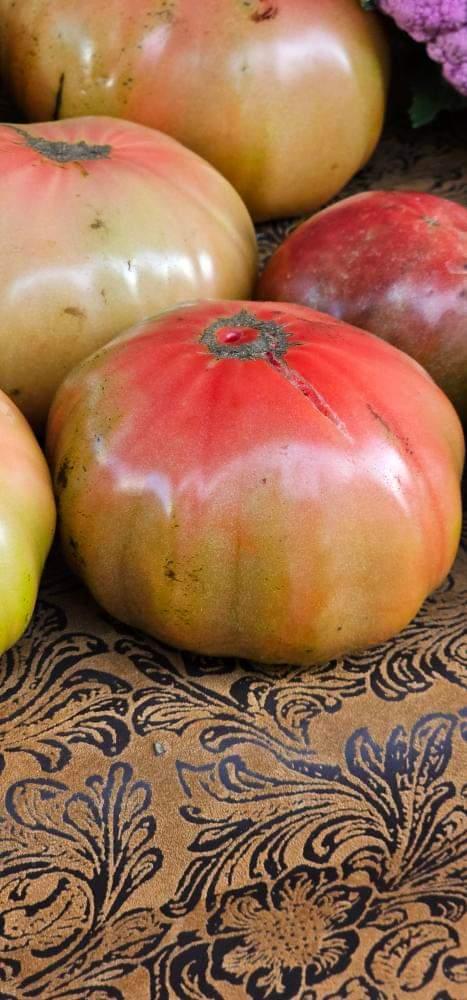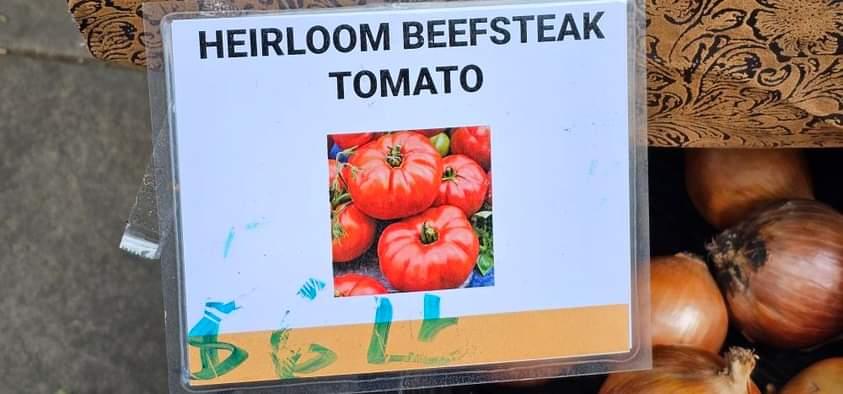Green Market, born out of the spirit of First Earth Day, is an organization that makes sustainable and nutritious food for New Yorkers in all five boroughs. Today their initiative has not only reached bringing sustainable local farm produce within reach for people, but they also contribute to education, zero-waste initiatives, green space, and food access agricultural programs to people. I chose to take a walk through the Jackson Heights greenmarket which takes place every Sunday from 8 am-3 pm. The time being so close to Halloween I mainly noticed all the vegetables from the gourd family. Pumpkins, parsnips, butternut squash, and some turnips abound in the stalls. However, some season-neutral fruits like grapes, apples, bananas, and veggies such as beets, and Brussels sprouts were also available. Kale and Bok choy were on sale for 2 for $5 and Cauliflower was 2 for $8. A new vegetable that I was introduced to by a farmer was Rutabaga, it is a root vegetable that can be cooked in similar ways to potatoes. The prices seemed almost double compared to general grocery stores but considering the visible quality and taste difference it was apt. For example, the apple was in general $3/lb, whereas in supermarkets the price tag is $150/lb. The heirloom beefsteak tomato caught my attention immediately as they were giving samples of those with salt sprinkles! Which is one of my favorites. The ones I got were perfect for making shakshuka for breakfast. The combination of color yet juicy and flavorful quality drove me to it (also the fact that it was being sampled the way I like!). The vendor did hesitate to answer my question about whether it was organic but I like the taste of it.





